In case you’ve been living under a rock somewhere or your head’s been welded to the floorpan of a rusty Dub, you’ll know that the Golf celebrates its 40th birthday this year. Yep, that’s right – the water-pumping newcomer, the most successful European car of all time with over 30 million sold, has reached the big four-0!
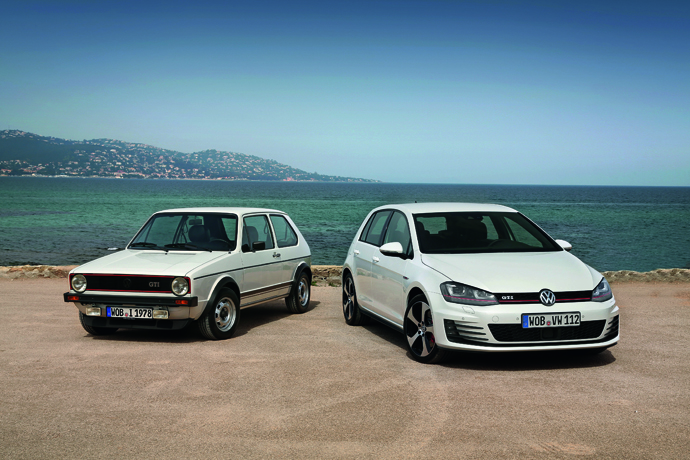
After numerous design exercises by artists that couldn’t quite let go of the rounded Beetle profile, the first Golf rolled off the Wolfsburg assembly line on March 2, 1974 with its boxy Giugiaro hatchback design, transversely mounted water-cooled engine under the bonnet and front-wheel drive. The press launch took place in May and June. As the successor to the legendary Beetle, of which over 21.5 million were built, immense expectations were placed upon it and as history has served to demonstrate its excellent use of space and neat design soon won over the market. In fact, by October 1976 the one-millionth Golf had already been produced.
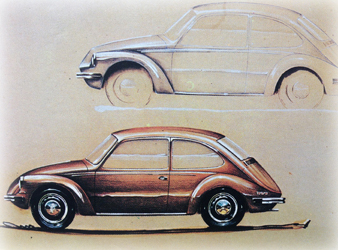
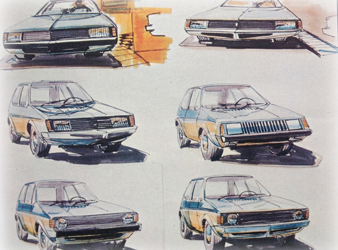
In launching the first Golf GTI in 1976, VW pioneered a trend for hot hatches that continues to this day, while the Golf D (naturally aspirated diesel engine, 1976) and the later Golf GTD (turbodiesel, 1982) marked a breakthrough for diesels in the small hatch market. Meanwhile, with the Golf Cabriolet, introduced in 1979, VW had an open-top car that was at times the best-selling cabrio in the world.
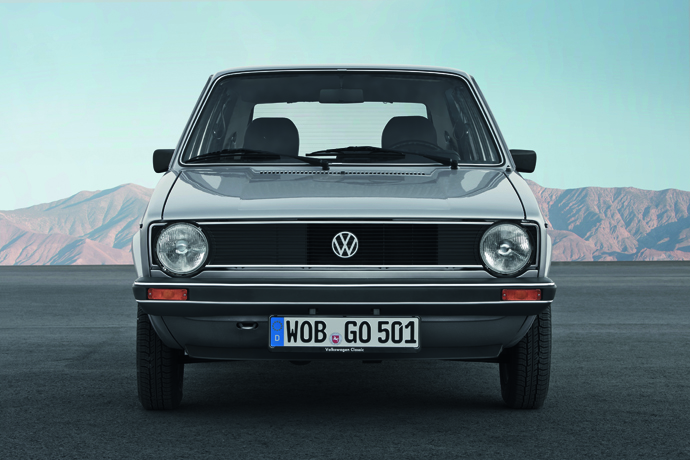
The wider, taller, heavier and generally more roomy Golf Mk2 broke cover in August 1983. Passengers no longer sat quite so close together, rust would no longer be the issue it was courtesy of heated wax dipping of the shells and the thing would stop and steer better thanks to ABS (introduced on some models in 1986) and power-steering. Also in 1986 the Syncro was introduced, offering buyers the first four-wheel drive in the Golf class.
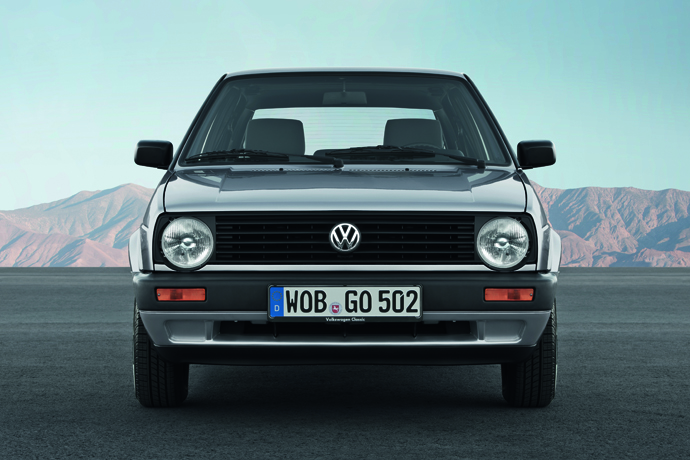
The third generation Golf landed in August 1991 and heralded a new era of safety. It was the first Golf to have front airbags, starting in 1992, while major advances in the area of body construction also resulted in significantly improved crash safety. Okay, it wasn’t as lithe or quite as thrilling as the Mk1 or Mk2, but it was innovative in other ways. Many new features made their debut in this new Golf: the first six cylinder engine (VR6), cruise control, oxidation catalytic converter for diesel engines (1991) and the first direct injection TDI in 1993. Likewise, ABS became a standard feature on all Golfs in 1996. In 1993, VW had also introduced a new convertible based on the Mk3, a new all-wheel drive model (syncro II) and the first Golf Variant (estate).
The Golf Mk4 appeared in 1998 under the direction of Hartmut Warkuß, then head of design at VW. With the debut of ESC (in 1998), the car continued to focus on safety, albeit at the expense of style to an extent. Also in 1998, Volkswagen unveiled the first all-wheel-drive Golf with a Haldex clutch – the Golf 4MOTION. One year later, ESC became a standard feature, initially in Germany. The first direct-injection engine (FSI) and the debut of the standard head airbag (window airbags) followed in 2002. Also in 2002, Volkswagen launched the R32, with a top speed of 155mph and a revolutionary dual-clutch DSG gearbox.
The Golf Mk5 from 2003 boasted levels of comfort and dynamic performance that left its competitors in its tyre tracks at the time. The same went for the car’s security features. One factor that underlines the stability of the laser-welded bodywork was the 35 per cent increase in torsional rigidity. As an option, the Golf was now also available for the first time with side airbags – together with the six standard airbags (front, side front and window) there were thus eight protective air buffers on board. In comfort as well as dynamic performance, the Golf Mk5 boasted a new four-link rear suspension, seven-speed DSG, bi-xenon headlights, panoramic sliding sunroof, plus the world’s first twincharger (in the 2006 TSI), combining turbo- and supercharger. In 2006, the Golf Plus made its debut; in 2007, the CrossGolf, a new Estate and the extremely fuel-efficient Golf BlueMotion (62.8 mpg).
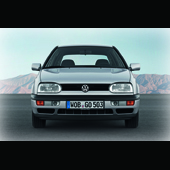
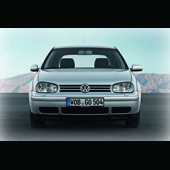
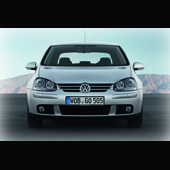
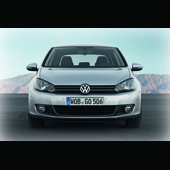
A further 2.85 million Golfs had been produced by the end of July 2012, based on the sixth generation of the car launched in 2008. And once again safety was high on the agenda: the car body was so rugged that it passed the EuroNCAP crash test with flying colours, gaining the maximum five stars. Meanwhile, more TSI engines and a transition among the turbodiesel engines (TDI) from unit injection to the common rail system resulted in better performance and improved fuel economy. A top performer here was the second Golf BlueMotion which was capable of a fuel sipping 74.3mpg, equivalent to 99g/km of CO2. New assistance systems, such as Light Assist automatic main beam management and Park Assist, made the sixth generation the most advanced Golf to date.
On 4 September 2012, Volkswagen celebrated the world premiere of the seventh generation Golf. The weight of the new Golf was reduced by up to 100kg, thereby reversing the often cited upward weight spiral. As a result fuel economy was improved by up to 23 per cent, the new Golf TDI BlueMotion being capable of 88.3mpg on a decent run. In addition, Volkswagen equipped the Golf with an entire armada of new assistance systems – some as options and others as standard. In 2014, VW even introduced an electric Golf with a range of around 190km. In addition, the new Golf GTE hybrid will be launched in the autumn.
Of course for us the oldies are the best and we’ll always favour the Mk1 and Mk2s – but it’s nice to know VW recognise the importance of acknowledging its heritage!
Ian

